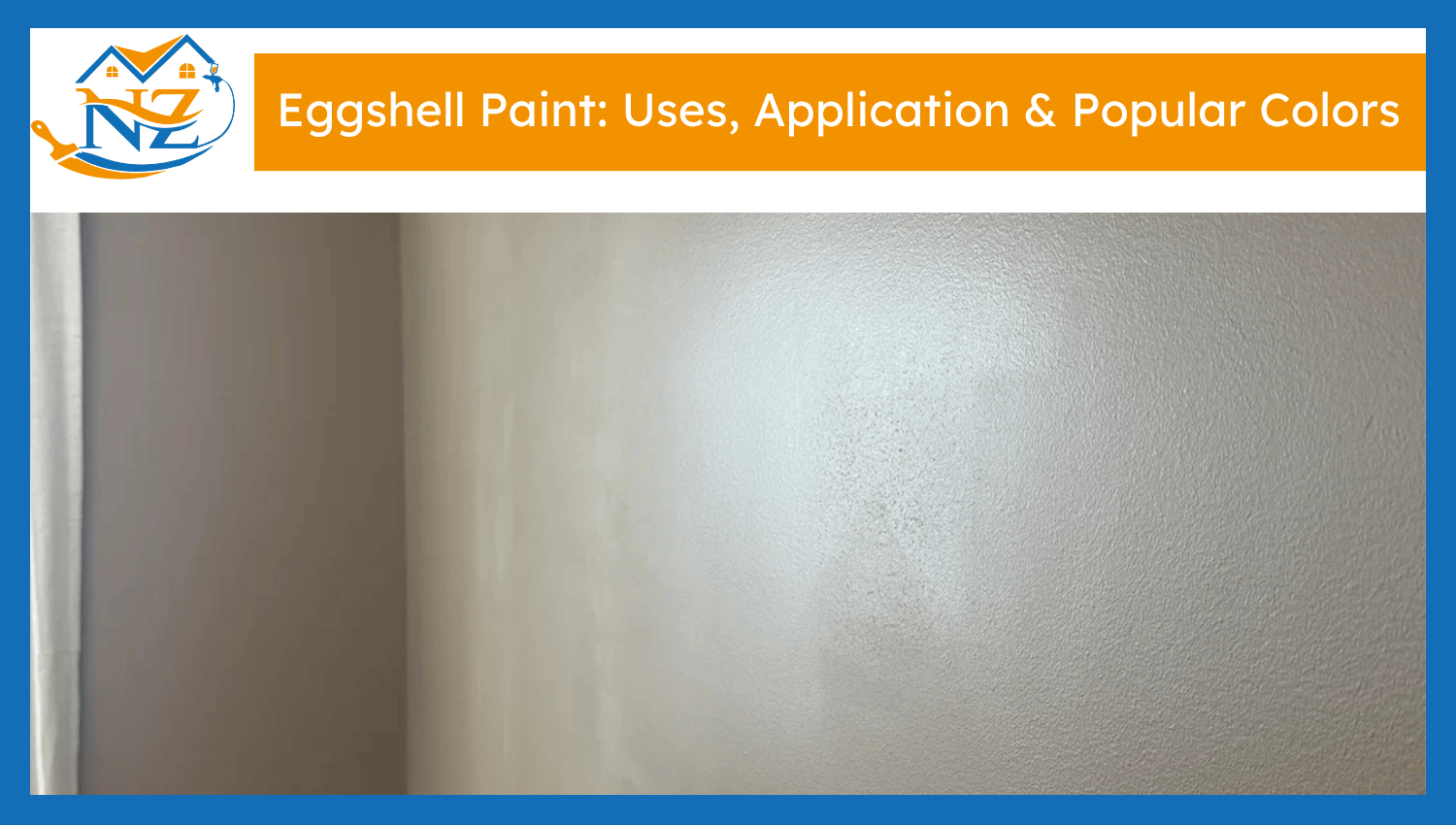

The eggshell paint is low sheen and water-based. It is more reflective than matte and conceals wall imperfections more than satin. It is washable and resists marks. It is used for interior trimmings and is appropriate in halls, bedrooms and living rooms. Finish provides the balance of both cleanability and subtlety and appearance. Warm whites, soft greys, and beige colors are popular. It conceals flaws on the surface, giving them a smooth and elegant appearance.
| Feature | Flat/Matte | Eggshell | Satin | Semi-Gloss | Gloss/High-Gloss |
|---|---|---|---|---|---|
| Sheen Level | None (0–5%) | Low (10–25%) | Medium (25–35%) | High (35–70%) | Very High (70%+) |
| Durability | Low | Moderate | Good | Very Good | Excellent |
| Washability | Poor | Fair to Good | Good | Very Good | Excellent |
| Light Reflection | Very Low | Low | Moderate | High | Very High |
| Appearance | Smooth, velvety | Soft, subtle sheen | Silky with soft gloss | Sleek, noticeable shine | Glossy, reflective |
| Best For | Ceilings, adult bedrooms | Living rooms, dining areas | Kitchens, hallways, kids’ rooms | Bathrooms, trims, kitchens | Doors, furniture, trim |
| Surface Imperfection Coverage | Excellent | Good | Moderate | Fair | Poor |
| Common Paint Types | Emulsion, chalk, limewash | Emulsion | Acrylic, latex | Acrylic, enamel | Oil-based, enamel, acrylic |
Here are the best uses for Eggshell paint:
Eggshell paint is suitable for living areas, bedrooms and hallways. It covers wall imperfections and blemishes better than satin, offers a soft sheen, and Cleans easily without damage.
Use eggshell on ceilings when you desire a soft glow instead of flat. It lightens up areas and has a gentle form of reflection. It makes a seamless finish.
Use eggshell in the low-moisture and light-use areas. It does not scuff easily but cannot be used in kitchens or bathrooms where more long-lasting and resistant to moisture paint is required.
Apply eggshell on the trim and cabinets and furniture to achieve an elegant, low-lustre appearance. It also does not show any marks and retains the natural look without the shine of the gloss paint.
Here are the ways to apply Eggshell paint:
Wipe surfaces to remove the dirt, dust and grease. Adhesion and coverage is achieved by priming of the bare or patched places. Use a high-quality synthetic brush to apply on edges and a smooth roller to apply on broad areas to achieve an even application.
Wait between 4 to 6 hours to dry the paint and then apply a second coating. Complete drying before being painted has the advantage of avoiding peeling. It provides a smooth, hard-wearing finish. Always adhere to the drying recommendations of the paint offering company for best results.
Here are the best eggshell paint colors:
| Color | Description | Best For |
|---|---|---|
| Soft White | Clean and versatile with subtle warmth | Living rooms, hallways, ceilings |
| Cream/Off-White | Warm and inviting neutral | Bedrooms, traditional interiors |
| Greige | Blend of gray and beige; balanced and neutral | Open-plan areas, dining rooms |
| Pale Gray | Light, airy gray with a cool undertone | Bedrooms, modern living spaces |
| Sage Green | Earthy green with a calming tone | Bathrooms, bedrooms, nature-inspired spaces |
| Dusty Blue | Muted blue with a soft, serene feel | Bedrooms, nurseries, coastal themes |
| Muted Lavender | Soft purple-gray for a peaceful vibe | Guest rooms, reading corners |
| Beige/Taupe | Warm, classic neutral | Hallways, dining rooms, traditional homes |
| Pale Peach | Warm, subtle pinkish-orange | Kitchens, cozy bedrooms, kids’ rooms |
| Warm Terracotta | Earthy orange-brown with rustic charm | Accent walls, artistic interiors |
No, eggshell isn’t moisture-resistant. It’s not suitable for bathrooms. Use satin or semi-gloss instead of it.
Yes, the eggshell hides flaws on the surface more than satin or gloss. It has a low sheen which makes blemishes less noticeable.
Yes, but sand the surface first. Light sanding improves adhesion and prevents peeling.
No, it is not advisable. Cabinets need a tougher finish like satin, semi-gloss, or cabinet-grade paint.